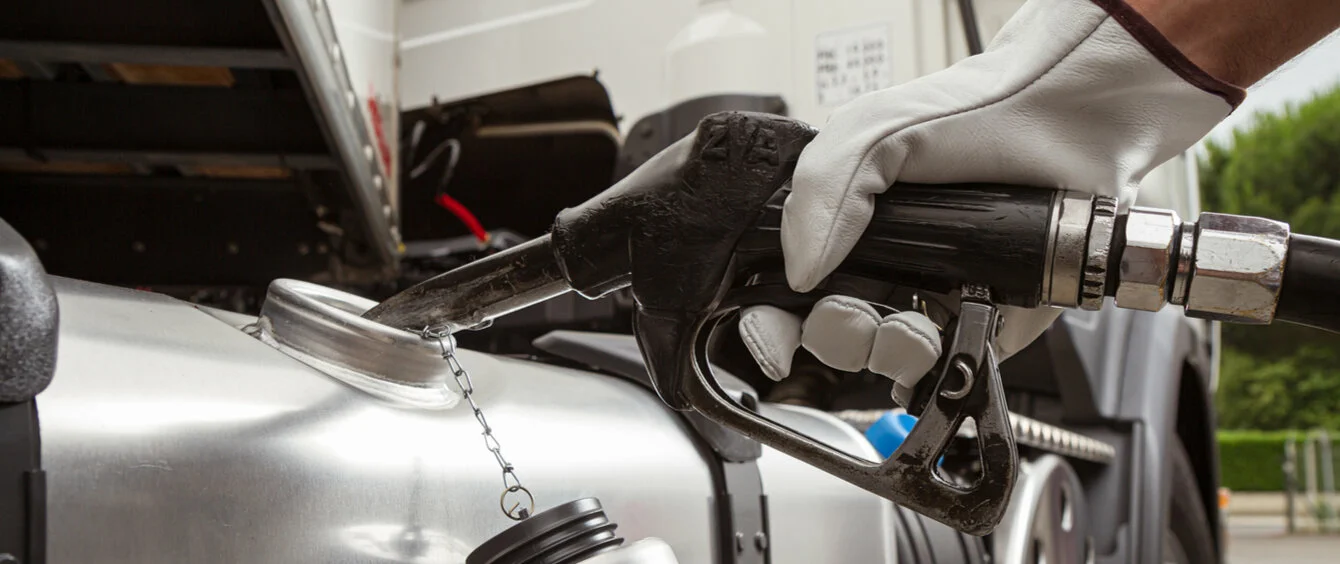The German government’s climate protection plan mandates a 37 percent reduction in greenhouse gas emissions by 2030—an ambitious target that will require the country to overcome major challenges en route to its transport transition. The million dollar question is, “How can this be accomplished?” In the new position paper entitled ‘Fuels of the Future’, Fraunhofer UMSICHT experts provide a scientific assessment of the significance of fuels to the transportation sector.
In this op-ed, Andreas Menne, head of the Institute’s Biorefinery and an Biofuel Department, outlines the main premises of this position paper and provides a summary of the steps required in order to bring about a transport transition that is successful in environmental, economic and societal terms.
Using petroleum products to fire engines and turbines is the nucleus of today’s mobility. Some two-thirds of the 4.5 billion metric tons of crude oil produced every year are refined to diesel, petrol or kerosene. Accounting for 1.6 billion metric tons, diesel is the world’s major fuel, followed by petrol at roughly 1 billion and kerosene at 500 million metric tons. Other products obtained from crude oil are lubricants (approx. 50 million metric tons per year) and basic materials (olefins and aromatics) that are used, e.g., to manufacture plastics.
Combusting these products releases huge amounts of carbon dioxide. This is compounded by further—particulate—emissions by way of NOx (nitrous oxides) and CO (carbon monoxide). Both the EU and Germany have set their sights on ambitious climate protection goals, as they aim to scale back annual greenhouse gas emissions by 80 to 95 percent by 2050 compared to 1990 levels. EU milestones include a compulsory reduction of at least 40 percent by 2030, translating into a drop in the use of fossil fuels by the same amount.
E-mobility only one of many components
Electromobility is a key building block. However, forecasts have more than 70 percent of the ten to 13 million vehicles in Germany by 2030 running on internal combustion engines. This will require further measures to be taken in order to achieve the self-imposed goals and including the remaining IC engine-powered vehicles into a CO2 reduction concept. In addition, it will be almost impossible to equip some modes of transport with electric drives in the foreseeable future, with partial electrification being possible at best in some cases. These include heavy-duty and long-haul vehicles as well as the aviation and shipping industries. Therefore, electromobility would essentially reduce fuel consumption—to the tune of 40 to 50 percent—by 2030. However, use of all fossil fuels would only drop by 15 percent during the same period.
There are myriad ways to achieve additional CO2 savings—from efficiency improvements, changes in personal consumption and additional electrification measures to the use of natural gas, biofuels or synthetic fuels obtained from green electricity, water and carbon dioxide (Power-to-X). The last in this list currently represent the only option for heavy-duty transport, shipping and aviation to make a contribution to reducing CO2 emissions.
Lack of infrastructure prevents fuel expansion
Whereas biofuels—ethanol and biodiesel in particular—will be available in the very near future, the use of most other alternative fuels depends on the availability of renewable energy and infrastructure. Producing the required amounts of synthetic fuel requires huge investments—above all in factories and plants for producing the necessary hydrogen. Moreover, these fuels always need a source of carbon. Key synthetic fuels are methanol, methane and products obtained through Fischer-Tropsch processes.
In the long run, more and more technologies building on the direct use of hydrogen and carbon avoidance will be the prevailing sources of energy. However, the necessary infrastructure still remains to be built and there continues to be a shortage of ‘sources’ for green electricity as well as associated facilities. Unlike other technologies, the biggest technical challenges faced by hydrogen usage are storage, transport and energy.
Alternative fuels more expensive going forward
Owing to the investments required to produce alternative fuels, they will become much more expensive. For instance, depending on the price of electricity, the costs of producing alternative fuels will double to quintuple over the current production costs of fossil fuels.
As transforming the entire system will require huge amounts of power, it is already obvious that this electricity cannot be generated in Germany alone. In the future, we will continue to rely on electricity imports or imports of fuels that can be produced using electricity or on intermediates and hydrogen.
Furthermore, biofuels, which already account for six percent of all fuels used the world over, pose additional challenges. The fact that they compete against food for natural resources is hotly debated. In addition, the production of second and third-generation biofuels is limited to a handful of raw materials, consumes more energy than the Gen 1 process, and is often less energy-efficient than obtaining the fuels directly from energy crops.
Besides technical solutions, the transport transition will require a substantial change in consumer behaviour. Lowering emissions is a task that can only be fulfilled by the entire society pulling together. For example, CO2 emissions can be reduced by taking public transport and trains. Plus, is it really necessary to take short trips by car? Might carpooling be an option? Mobility, which has become very individual, must become more efficient again. To accomplish this, we will have to do without some of our creature comforts and pay more for mobility here and there. An indirect consequence will be the increasing cost of freight transport and certain products.
Photo credit: © Cedric Tosoni/shutterstock.com

